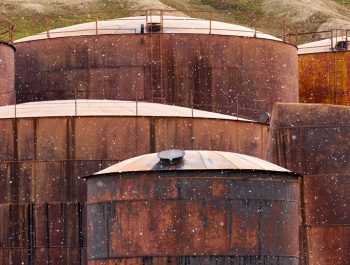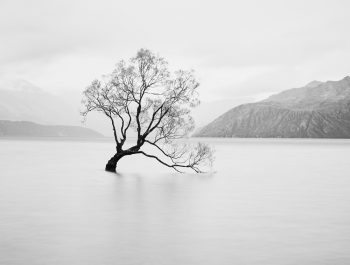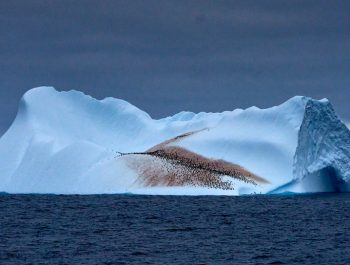Back In The Palouse
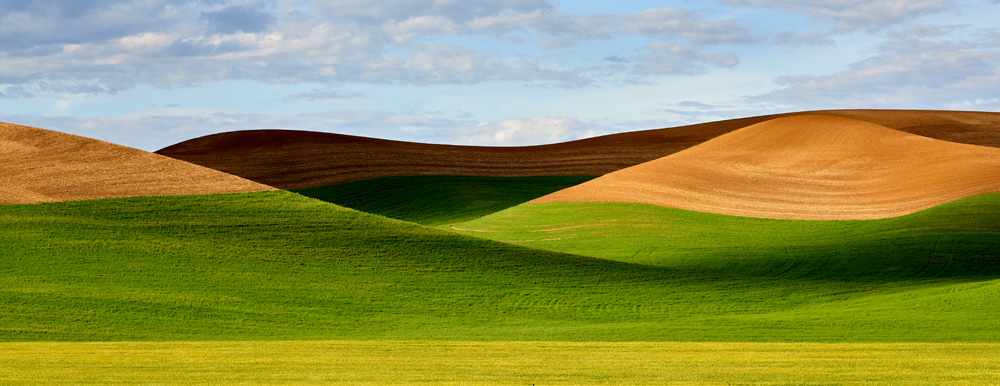
If you are not familiar with the Palouse, a region in the U.S. Northwest, you owe it to yourself to learn more about this beautiful part of America. I have been photographing in the Palouse for at least 12 years. Every trip is different, and each time I go, I find new gems I didn’t know existed. The region is what I call the Tuscany of America. Its gentle rolling hills that change with the seasons. In the early summer, the color green is everywhere, and it overwhelms the senses. Throw in a field of mustard seed, rapeseed, and other colorful crops, and you get magnificent yellows. Plowed fields waiting to be seeded are a lovely brown.
The landscape takes on a different dimension with the way sunlight plays on these hills. In the early morning and late in the day, you will have an unearthly dimension as the shadows of the gentle hills take on their own look. Throw in moving shadows from the fast-moving clouds, and you get a dappled look. if you wait patiently, you’ll feel as if God is moving a spotlight around to highlight different parts of the landscape.
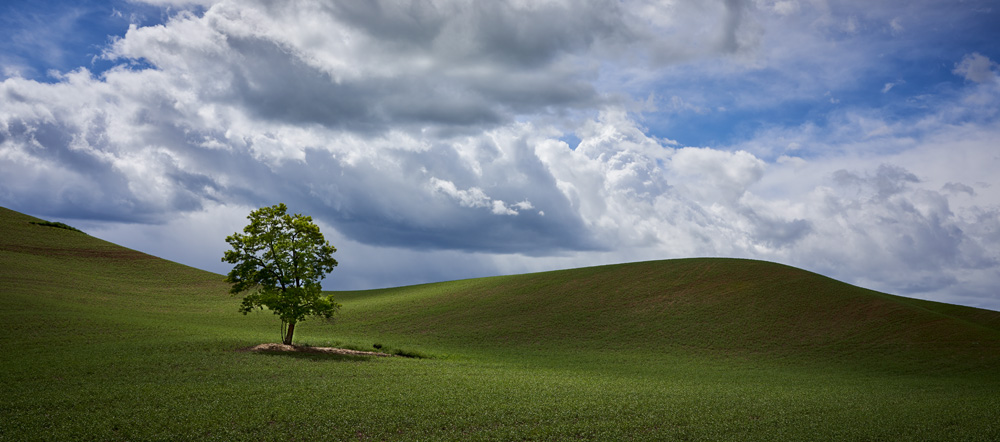
Another aspect of the Palouse is a sense of abandonment. Everywhere you look there are abandoned cars and trucks in fields and barns. They tell their own story, as it appears in many cases that one day someone turned the car off after parking it and never came back. The same goes for the dozens of empty farmhouses and barns all in various states of neglect. Some still have furniture in them.
A special part of photographing these abandoned things is telling a story about what happened and about documenting how nature eventually reclaims things. I love shooting the peeling paint, the rust and the abstracts that many of these parts of the Palouse offer up.
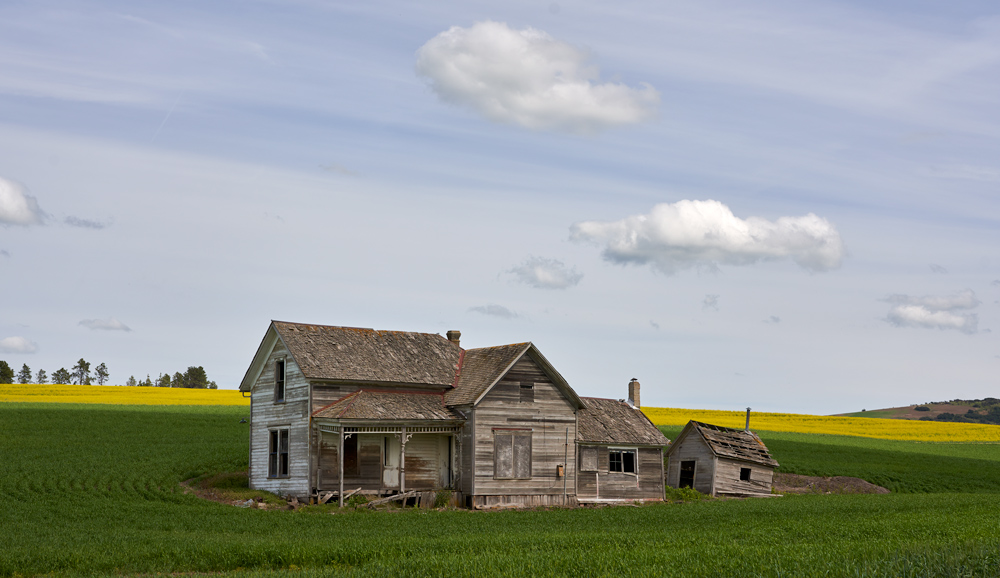
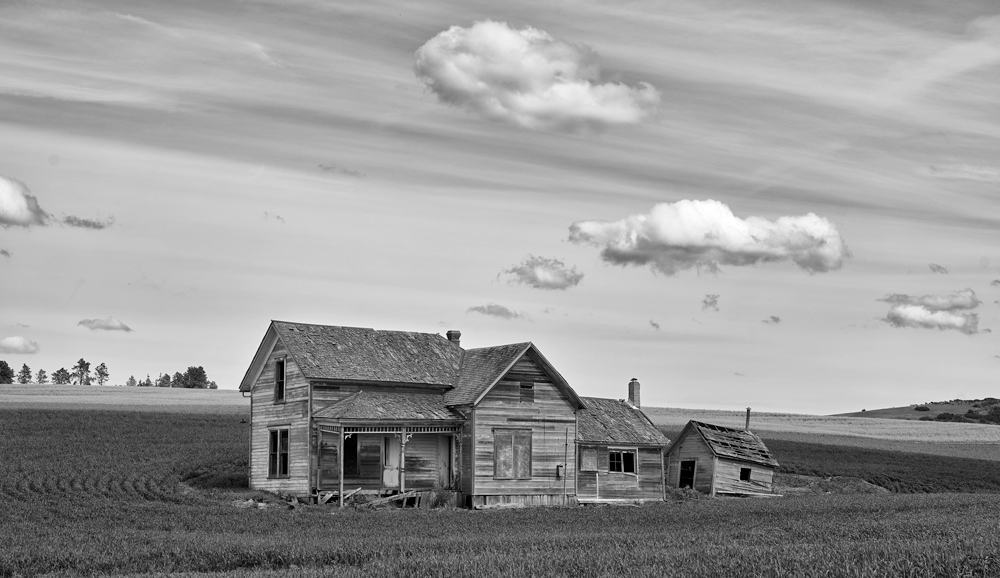
This is a different kind of photography, and some may find it challenging. If you are a landscape photographer you’ll find plenty to shoot, but you may find yourself challenged trying to shoot the objects that man has placed in these landscapes. A challenge is good as it helps refine your vision. I tend to like to be challenged and to find different images in this broad landscape.
Typically when I photograph the Palouse I work with a Sony a7riii (soon to be upgraded to a iv) and a Sony a9. My lens line-up includes 12-24mm, 16-35mm, 24-105mm, and, my favorite lens for this area, the 100-400mm Sony G-master. I also have polarizing filters as well as the Wine Country Filter System with various grades and neutral density filters.
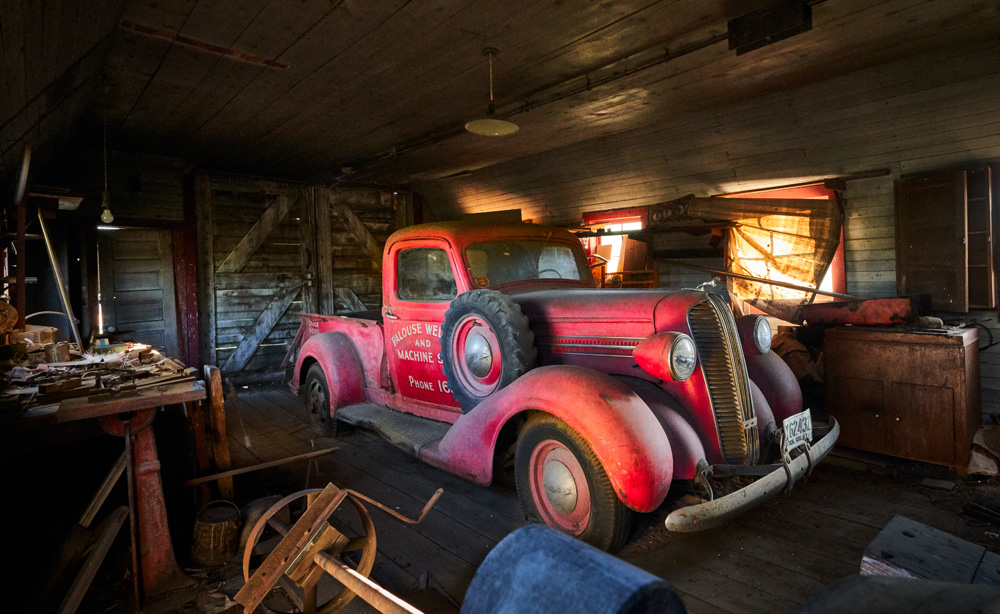
While I have a tripod, I find that I am much more flexible and nimble if I shoot handheld. I typically set my camera to manual mode. I set the shutter speed to 1/500th sec., maybe higher if I am shooting with longer lenses. I pick an f-stop around f/8, but that varies, and then I set my ISO to auto. Under normal daylight conditions, my average ISO runs 100-400. The IBIS of the Sonys makes doing handheld work a breeze. Of course, this would go for any other camera system, too. I usually bring out my tripod at twilight and at sunrise.
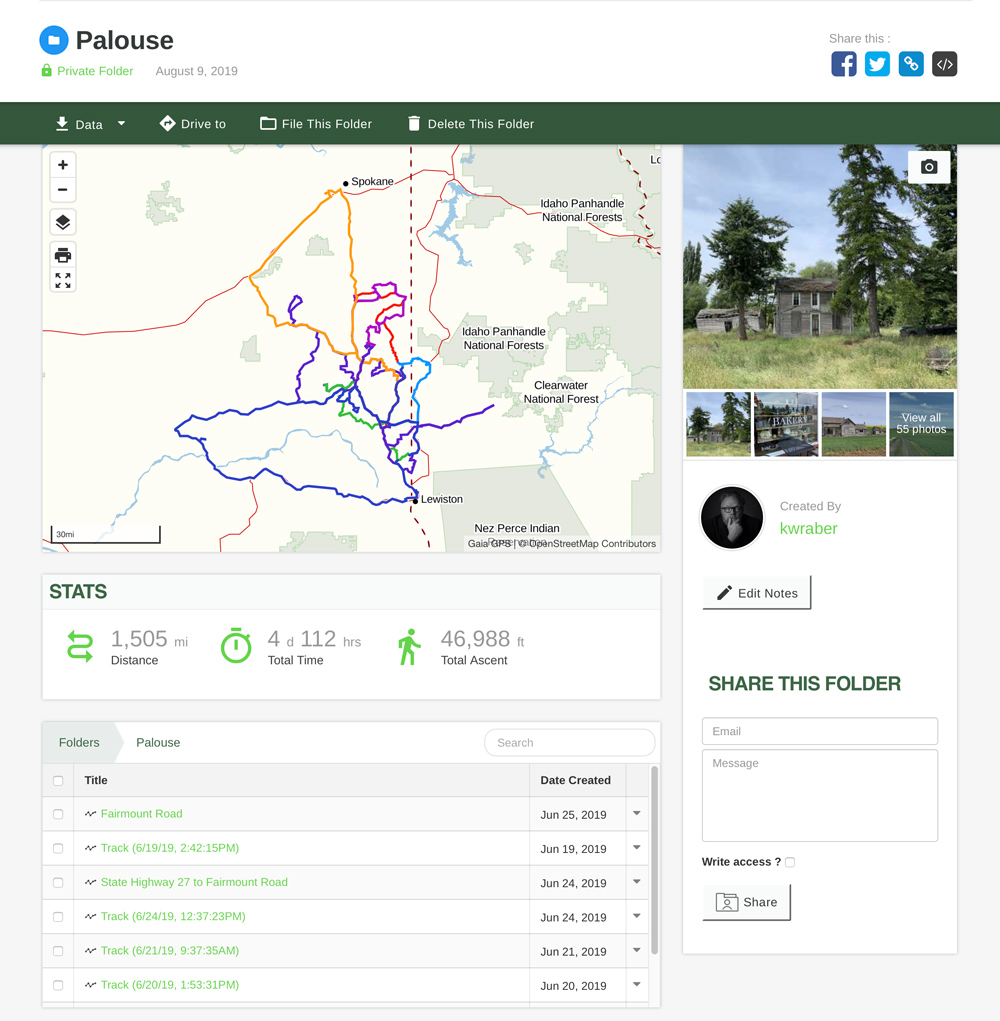
On all of my trips, I use a GPS tracker on my phone as well as my iPad. One of my favorites is Gaia GPS. You can see some screenshots in this article. For the locations where I find a good shot, I also shoot the image on my iPhone, and it is marked with a pin on the track. This allows me to see where all of my spots were at the end of the day. Plus it allows me to find the location at any time in the future.
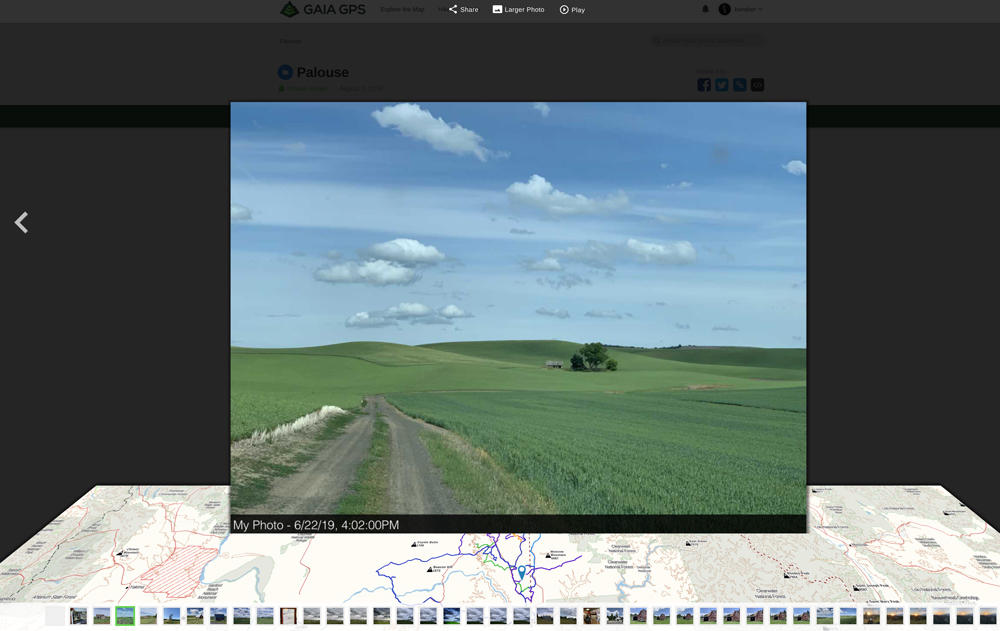
All sorts of data is also captured such as altitude, speed, GPS coordinates, and more. I do a new track for each day but can combine each day into an overview collection. I’ll write a separate article about some of the GPS trackers available in an upcoming article.
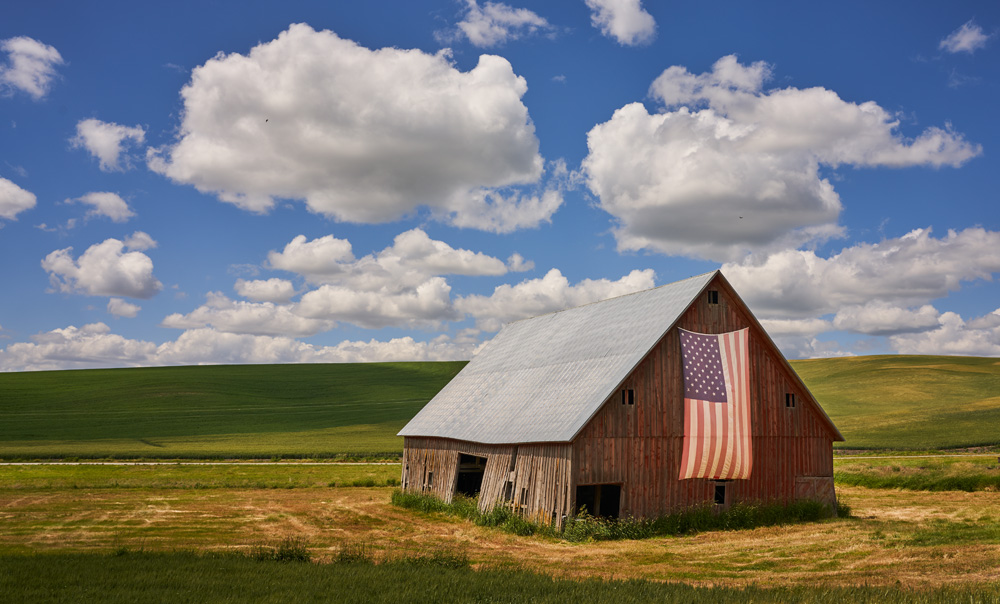
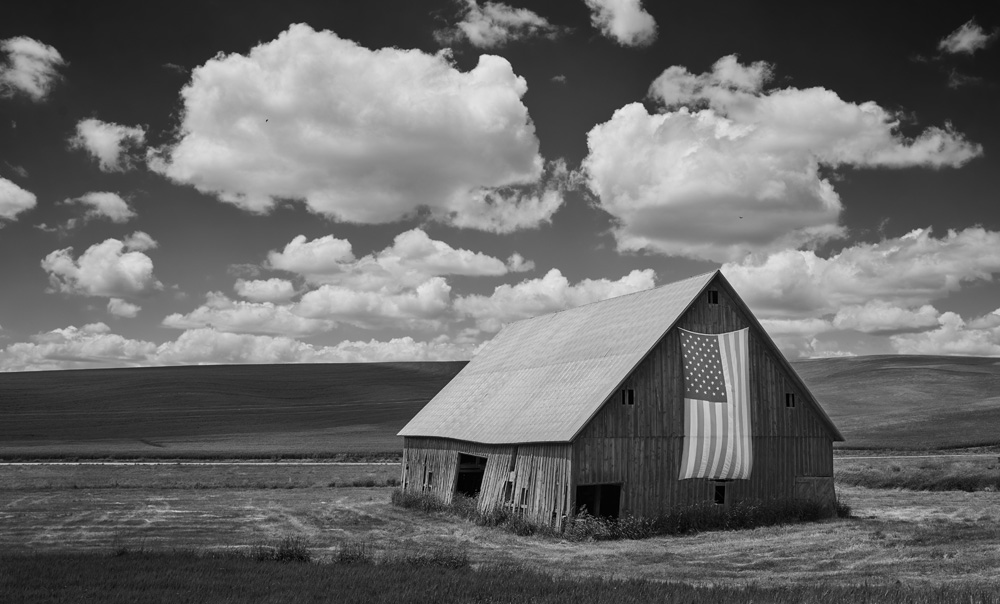
I have shared some additional images below. I hope you enjoy them and get an idea of what this regions has to offer. Over the last few years, like many other locations, the Palouse has experienced a huge influx of tourists and photographers. Some of these visitors have disrespected the friendly folks of this region and trespassed and ruined crops without even thinking that they were tromping around on others’ private property not to mention a crop that these farmers count on for a living.
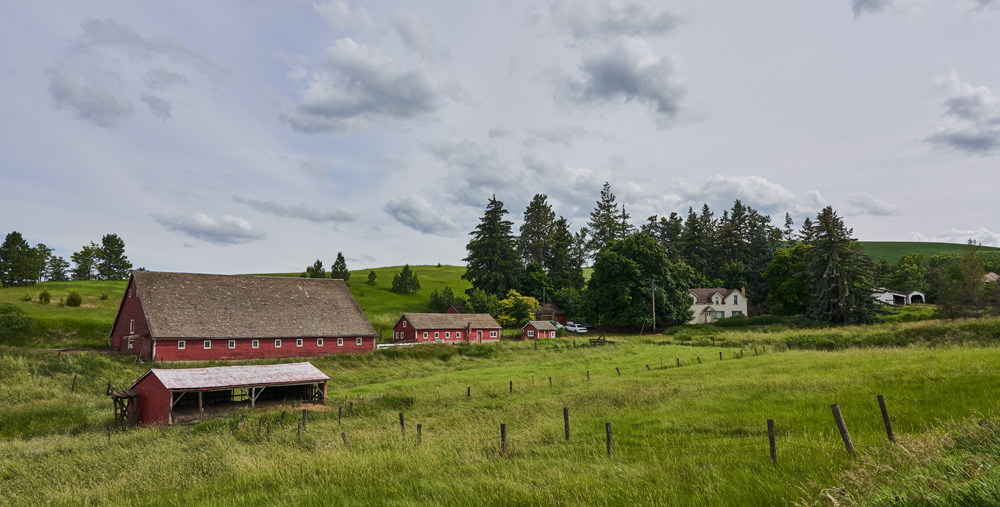
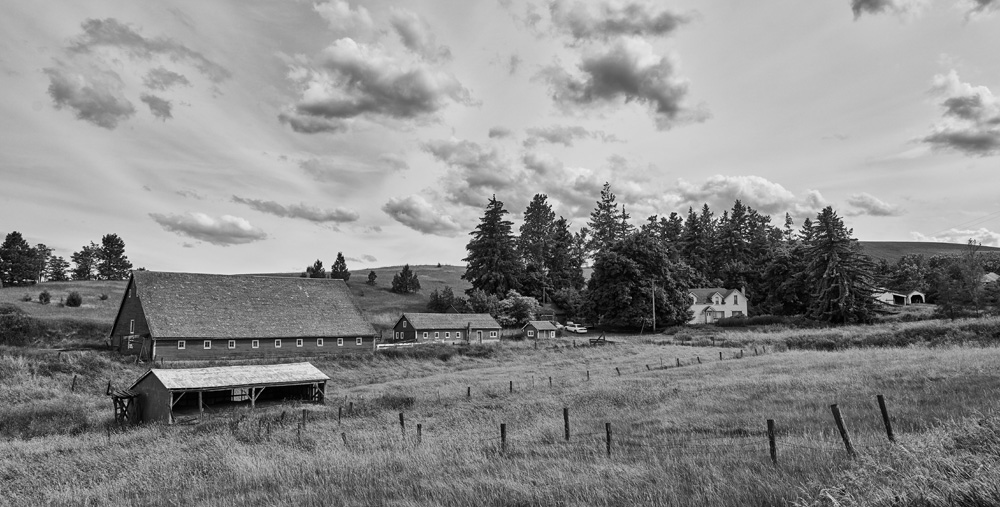
On my trips, I use one vehicle, not a caravan of cars like many other workshops. My group size is small, and we have a four-wheel drive to takes us places others don’t go. I have made many friends in the region and because I have asked and been considerate over the years I am able to visit properties deep in the Palouse that others can’t go to. This provides even more exceptional photo ops. I never trespass, and I am always shocked when I see so many people doing that in my travels in the Palouse and elsewhere.
I’ll be posting my 2020 Palouse workshop dates in September. They are all-inclusive. You will be picked up and dropped off at the airport at the beginning and end of the workshop. Your hotel and all meals are included. Watch this site for the announcement of the 2020 workshops.
I’ll post a few updates during the coming week with some highlight images from each day, so come on back. In the meantime, enjoy the following images.
Lots Of Photos
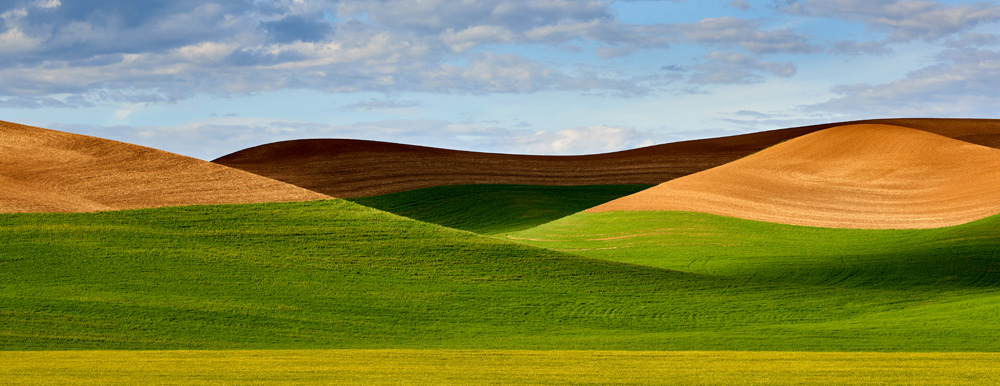
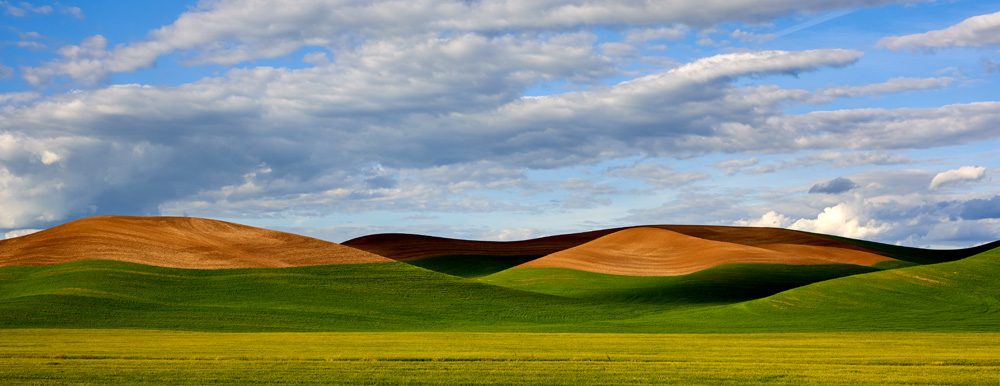
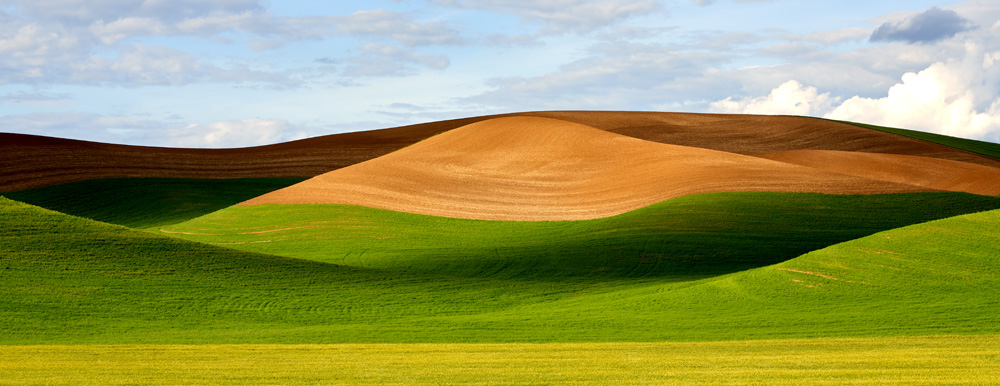
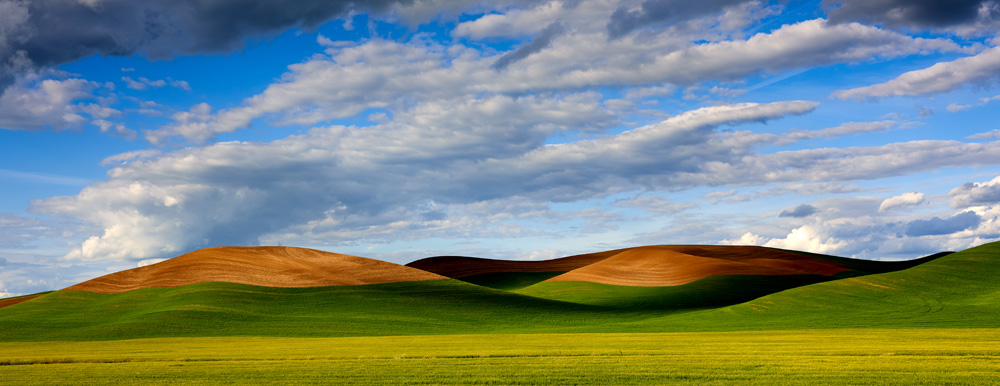
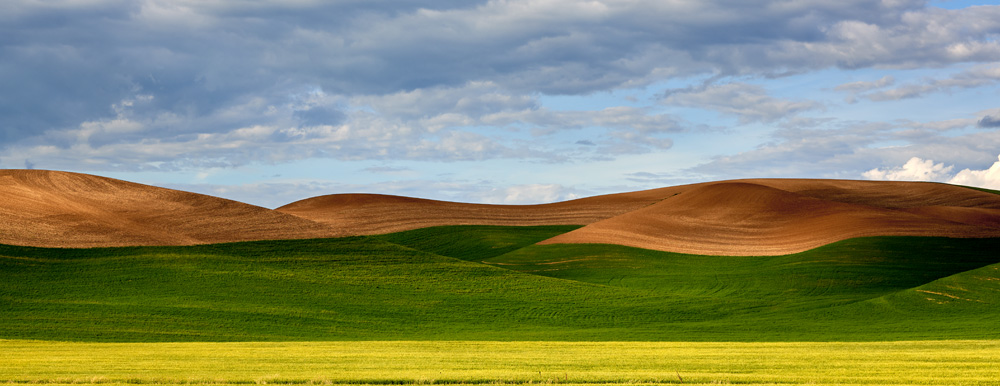
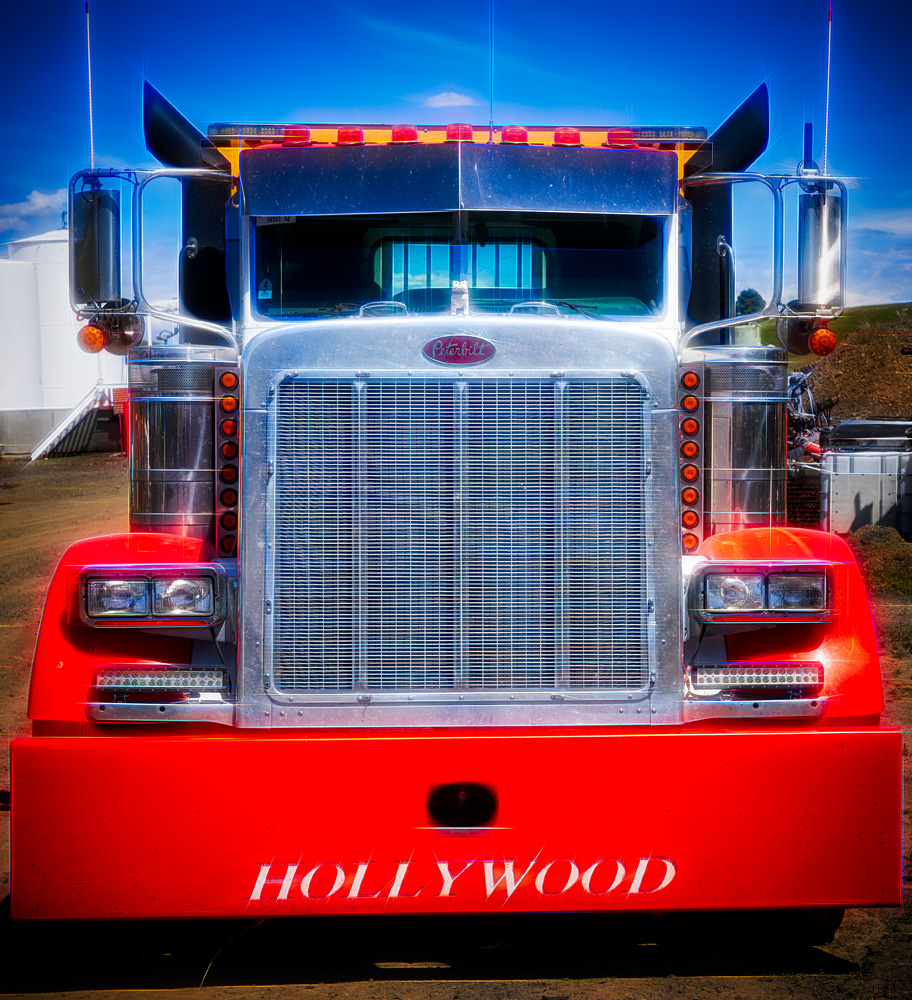
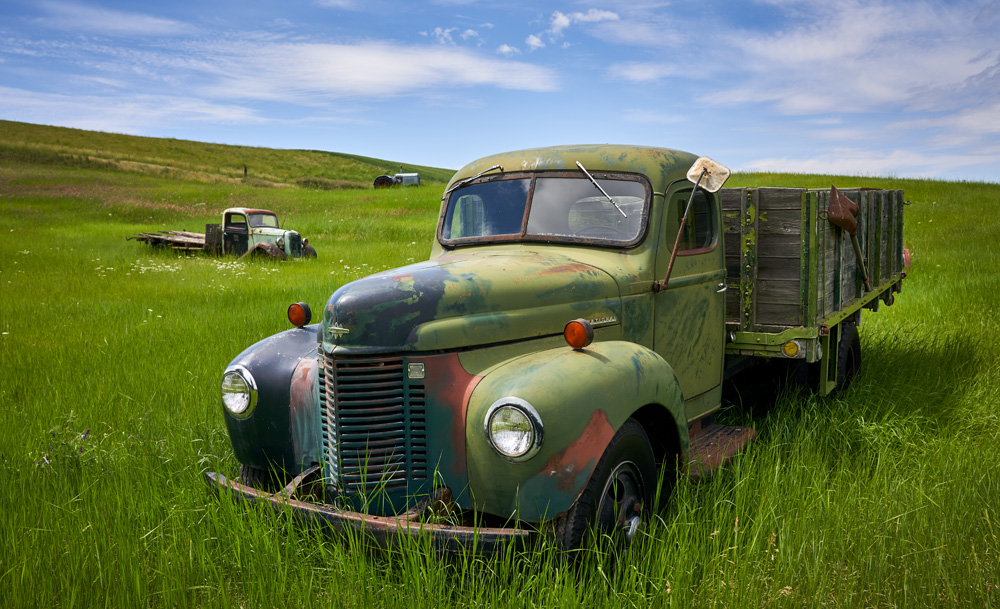
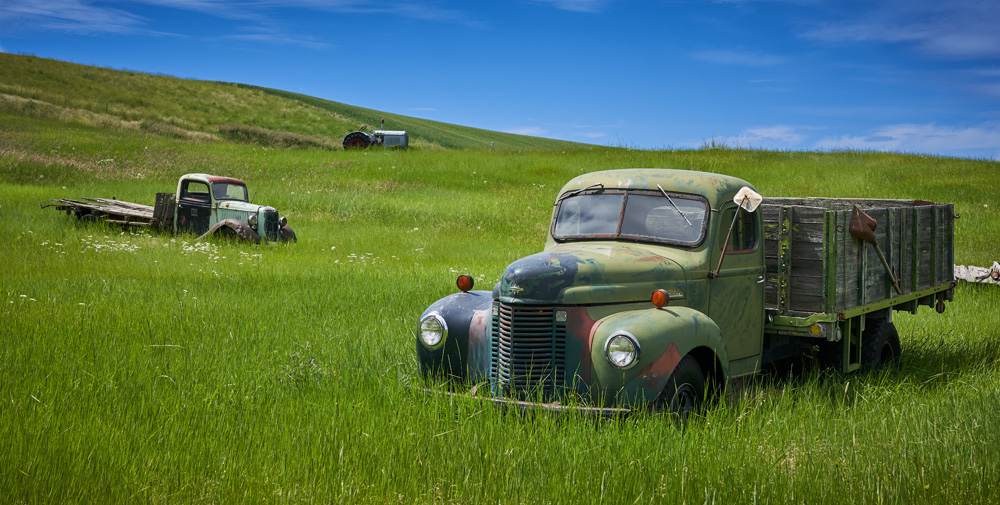
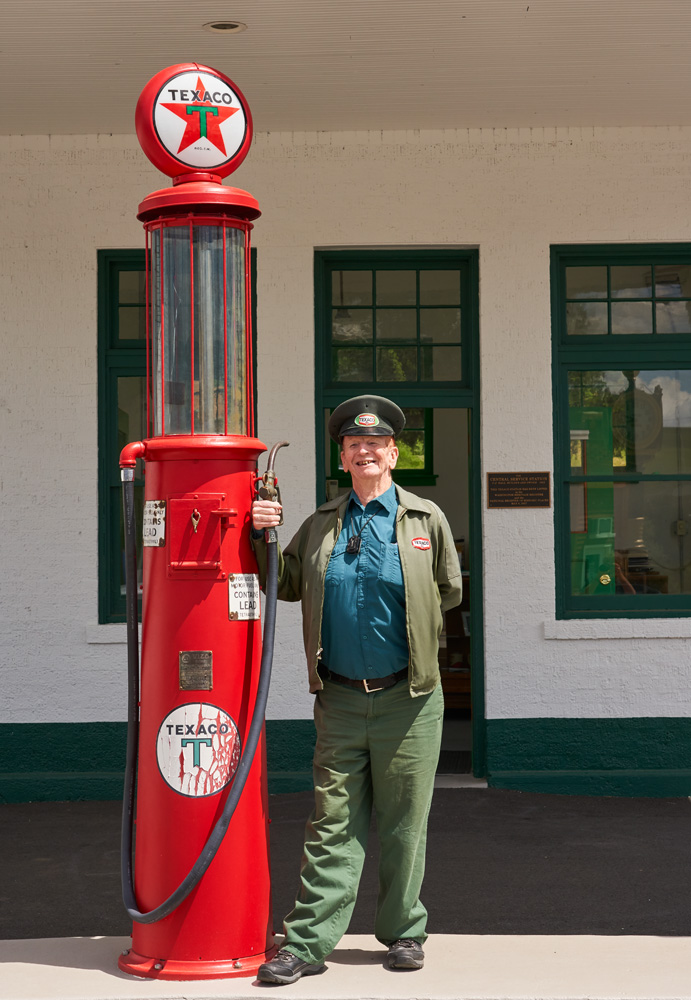
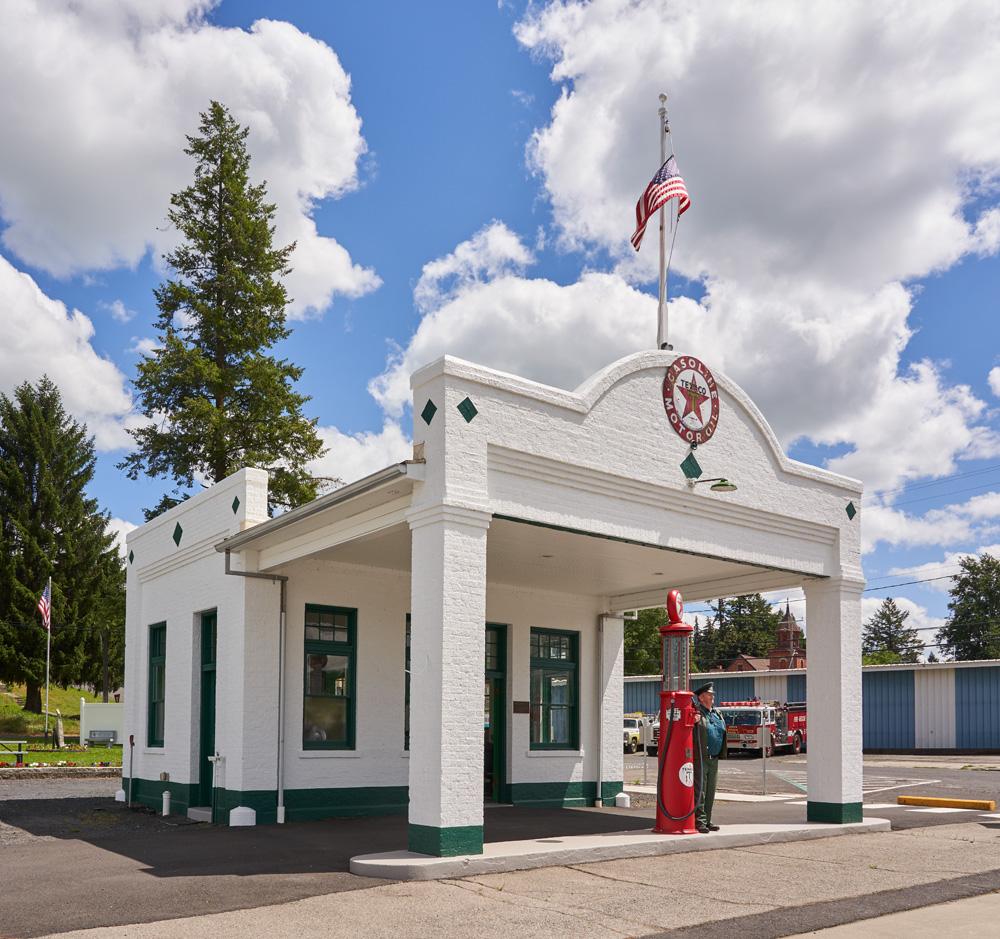
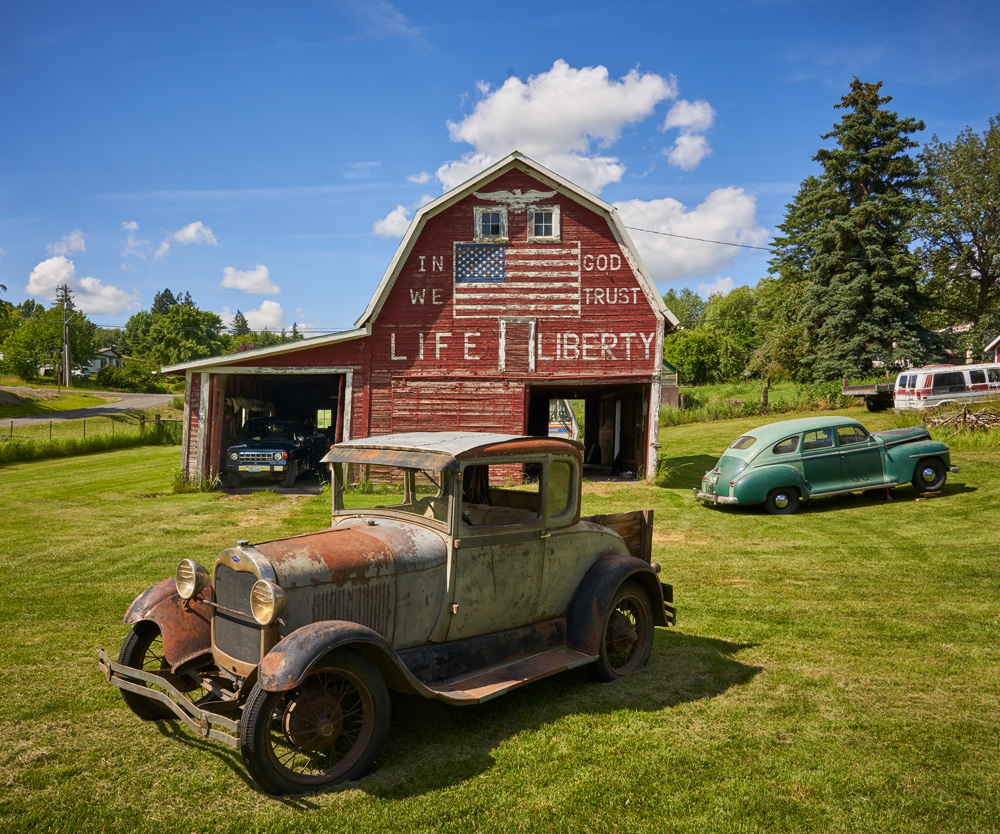

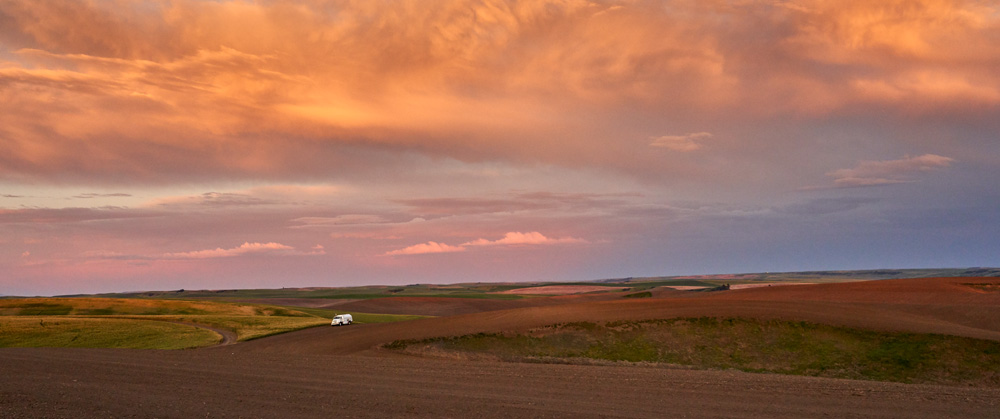
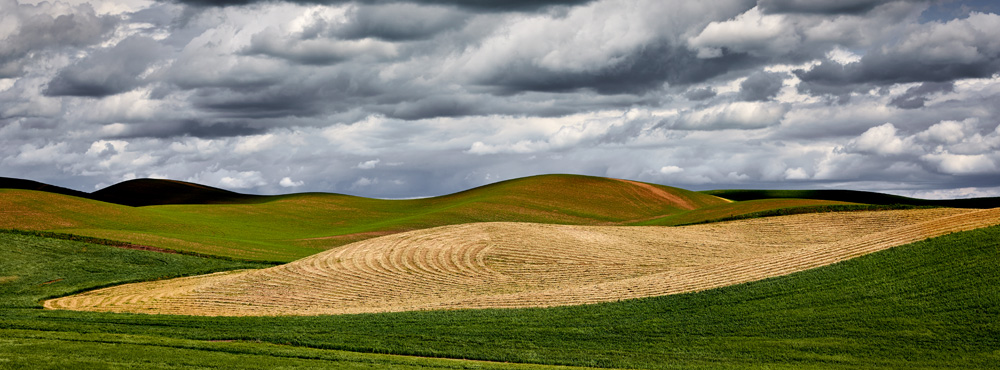
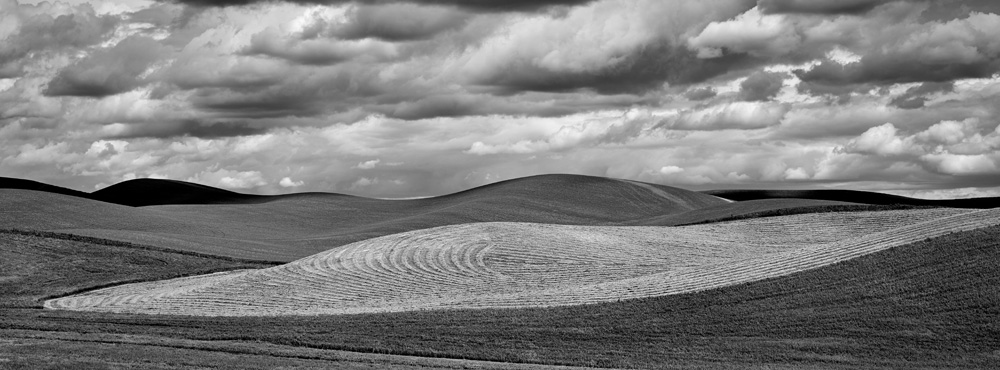
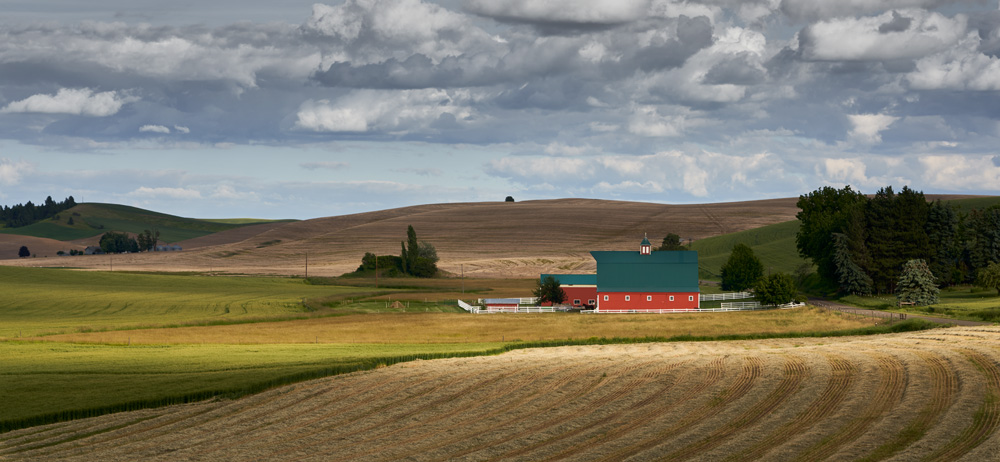
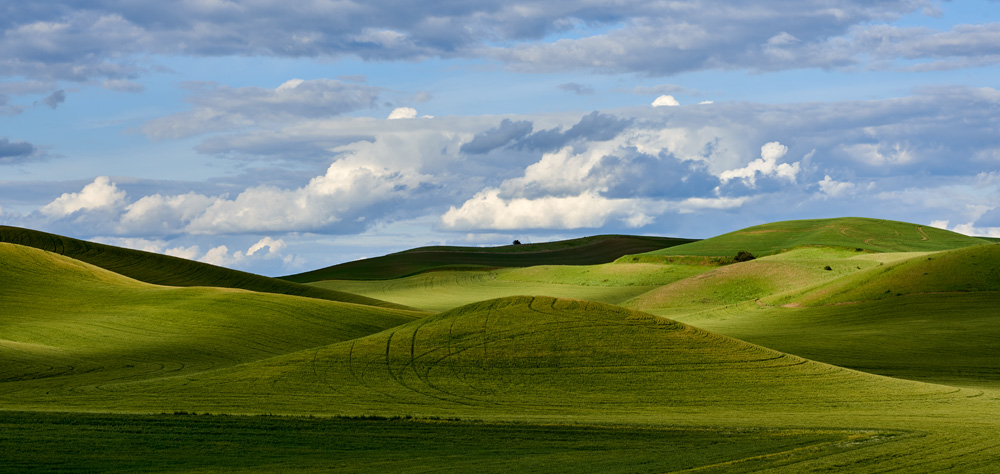

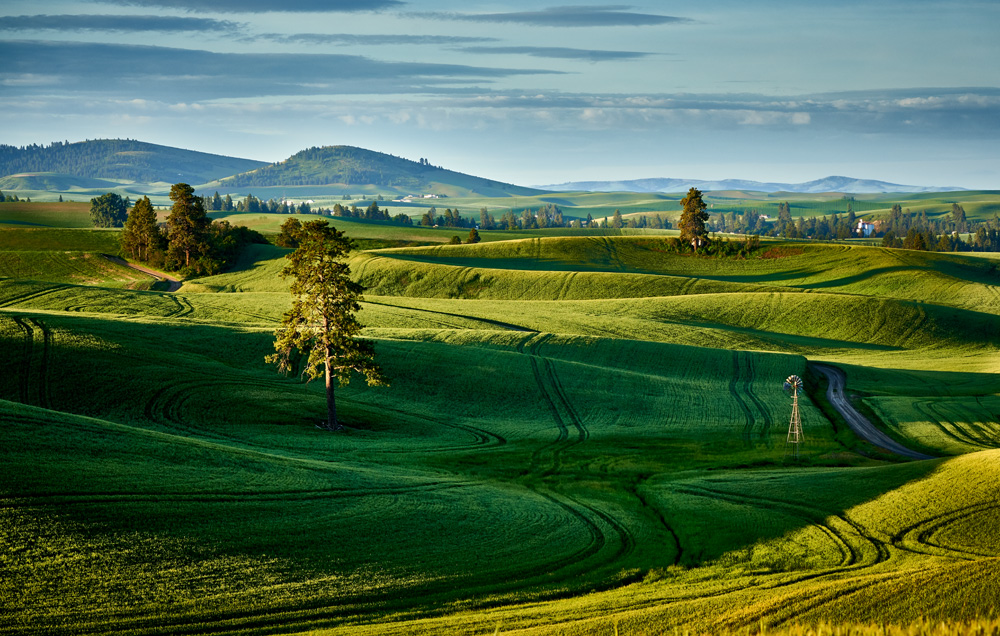
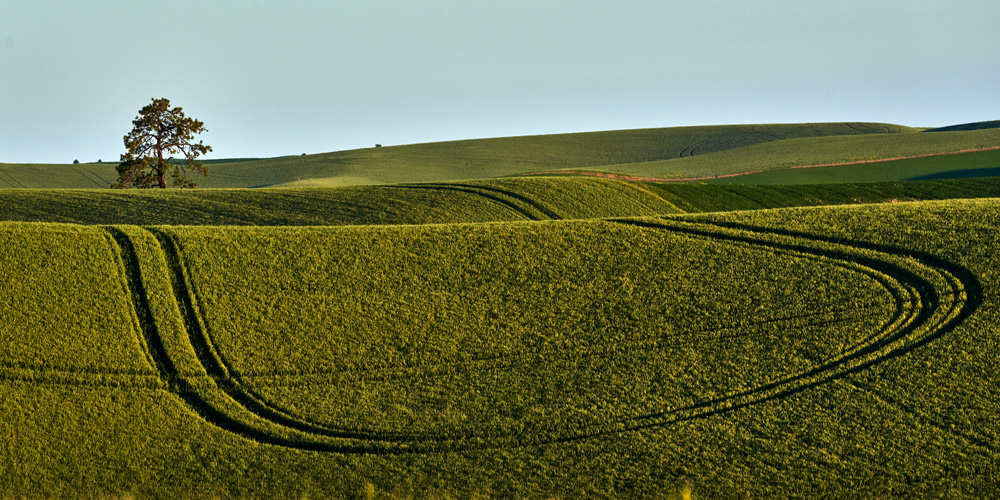
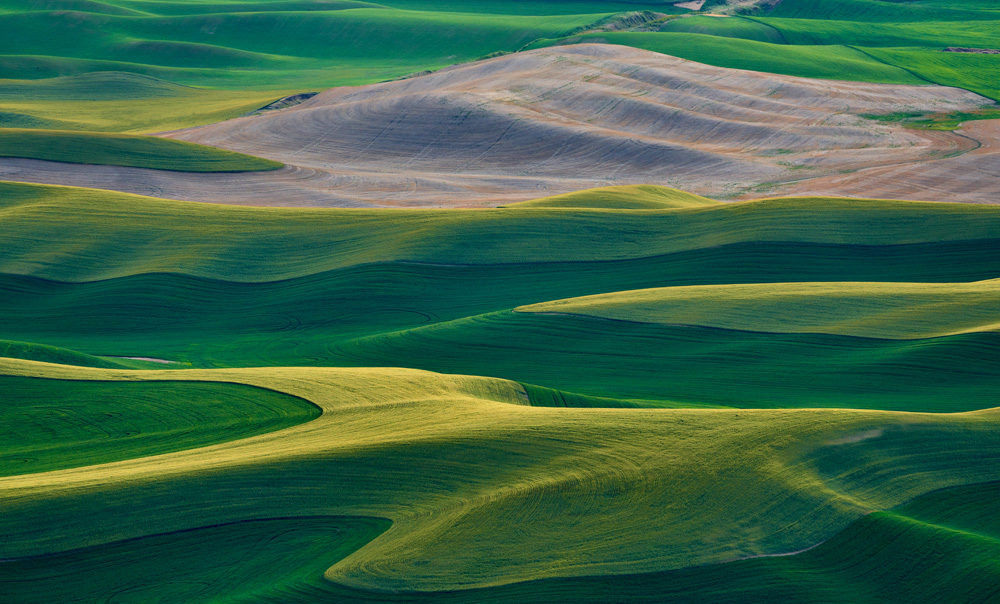
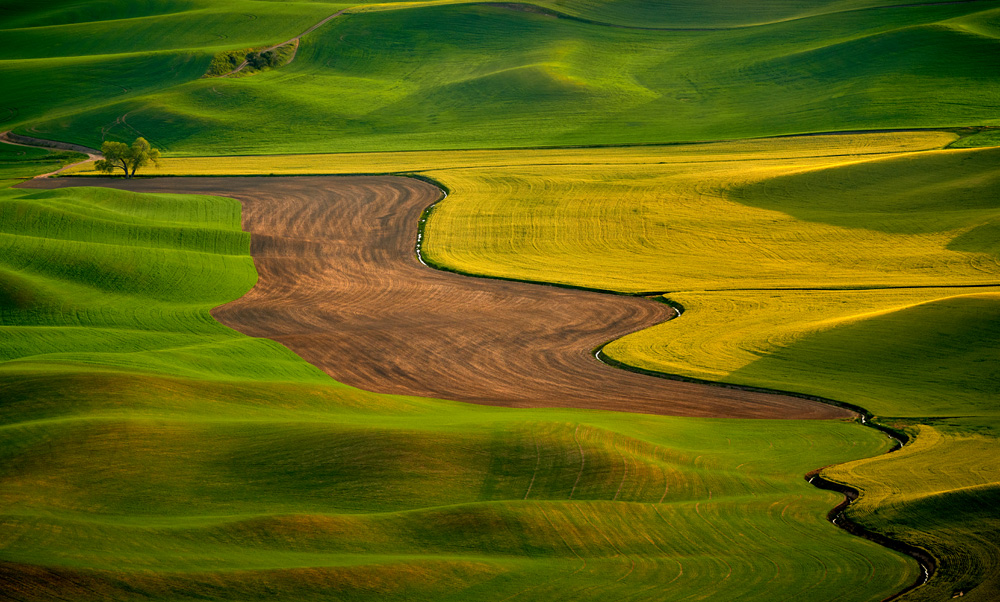
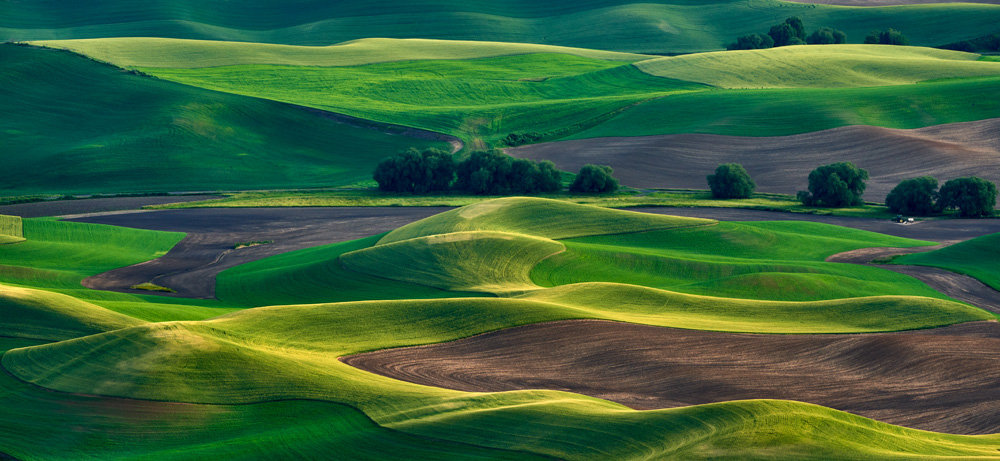
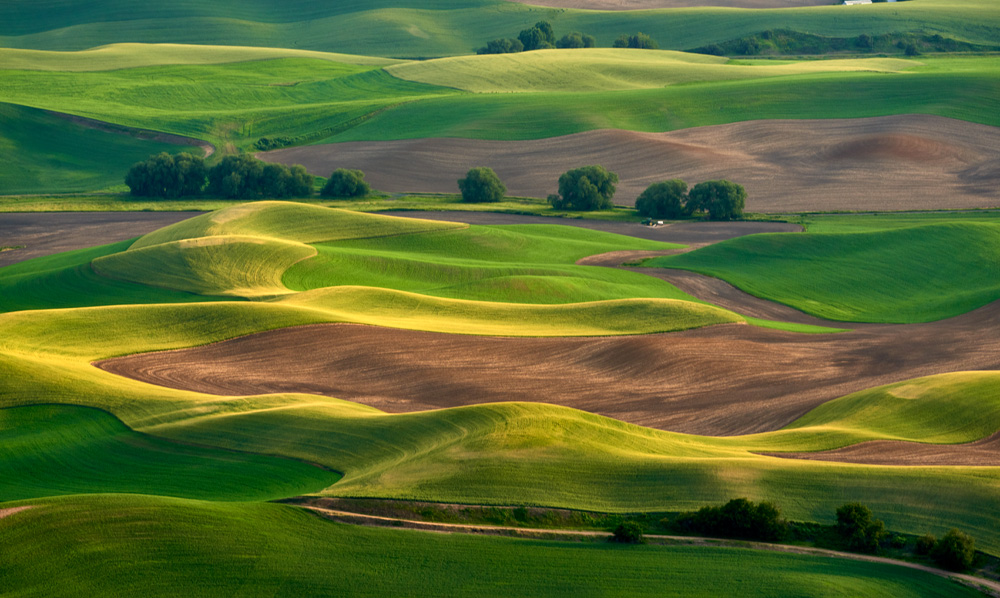
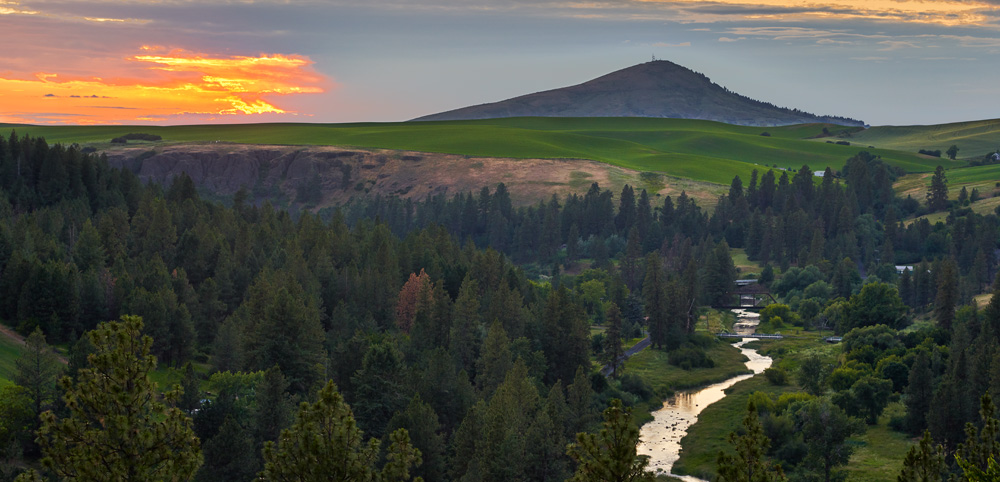
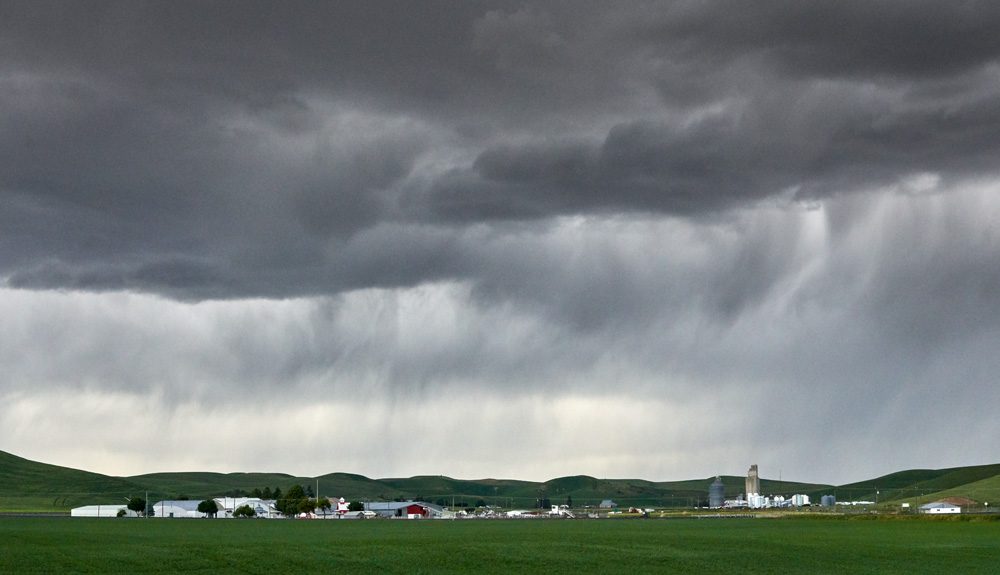
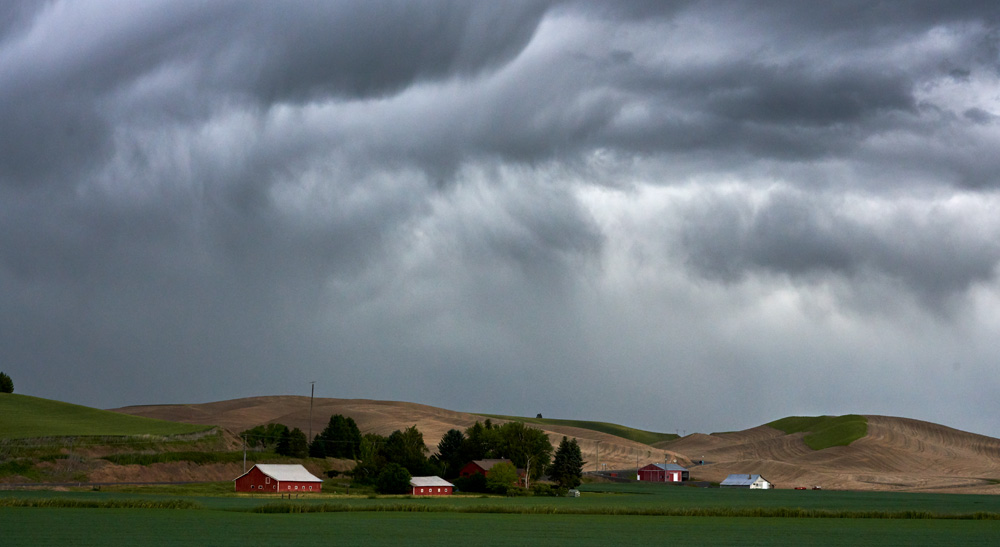
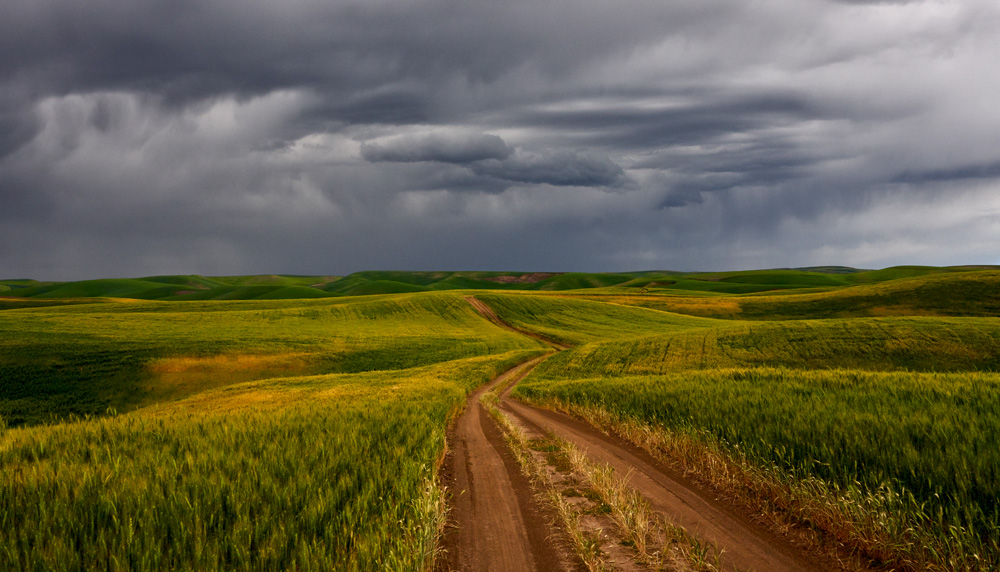
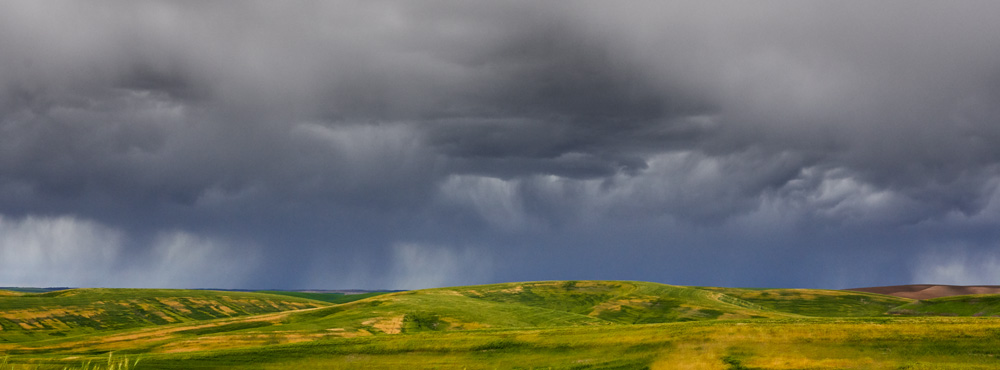
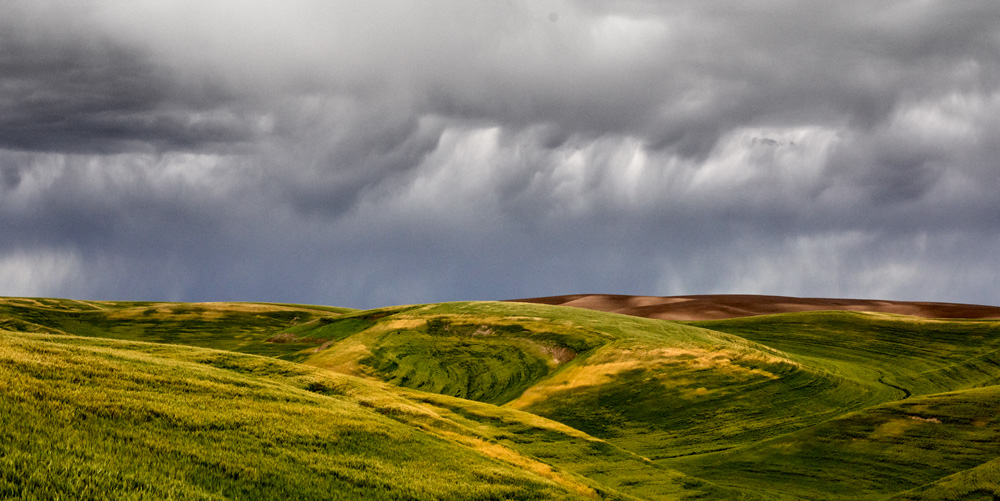
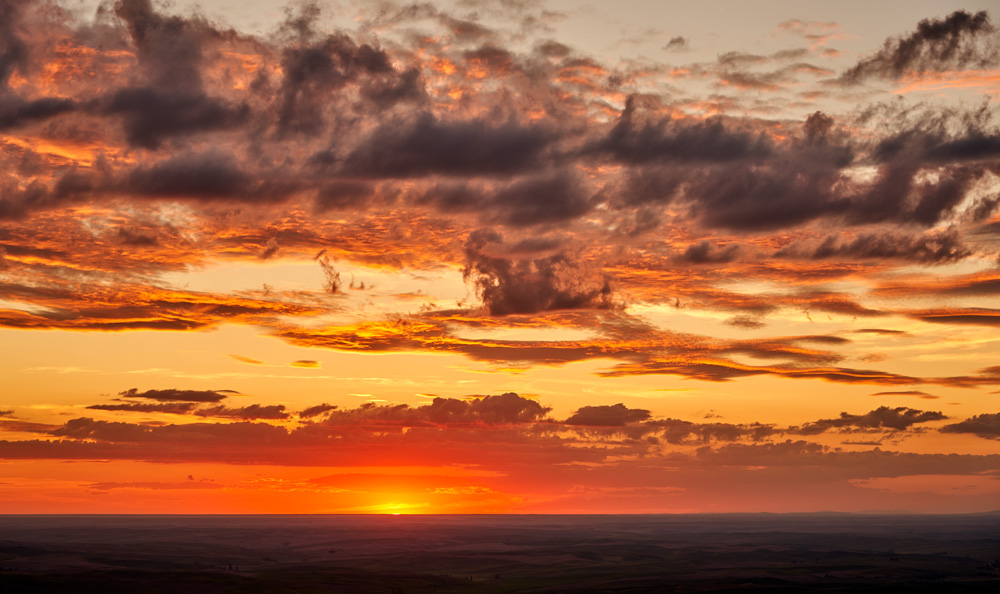
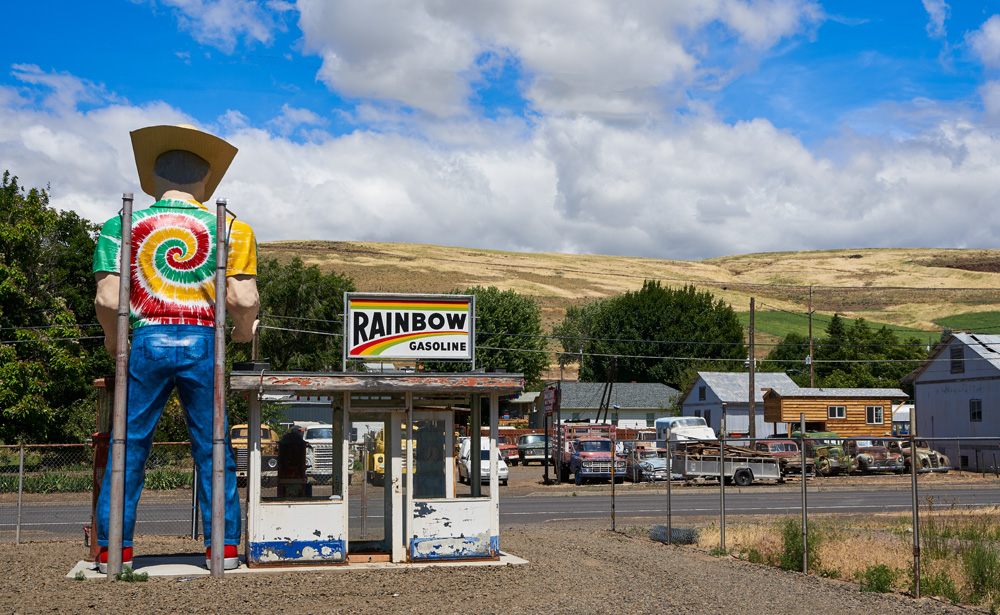
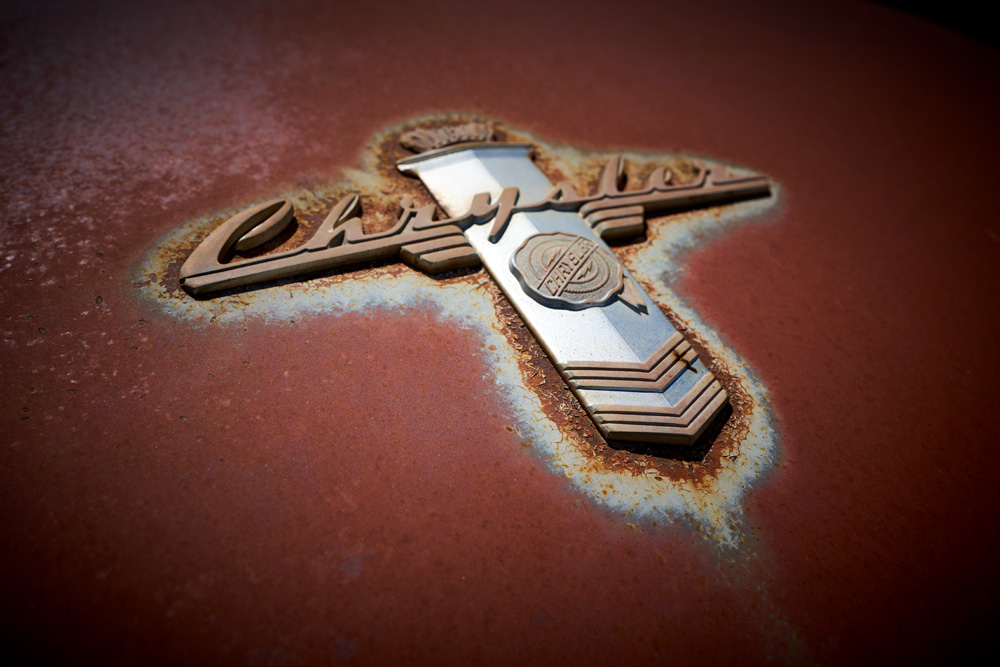
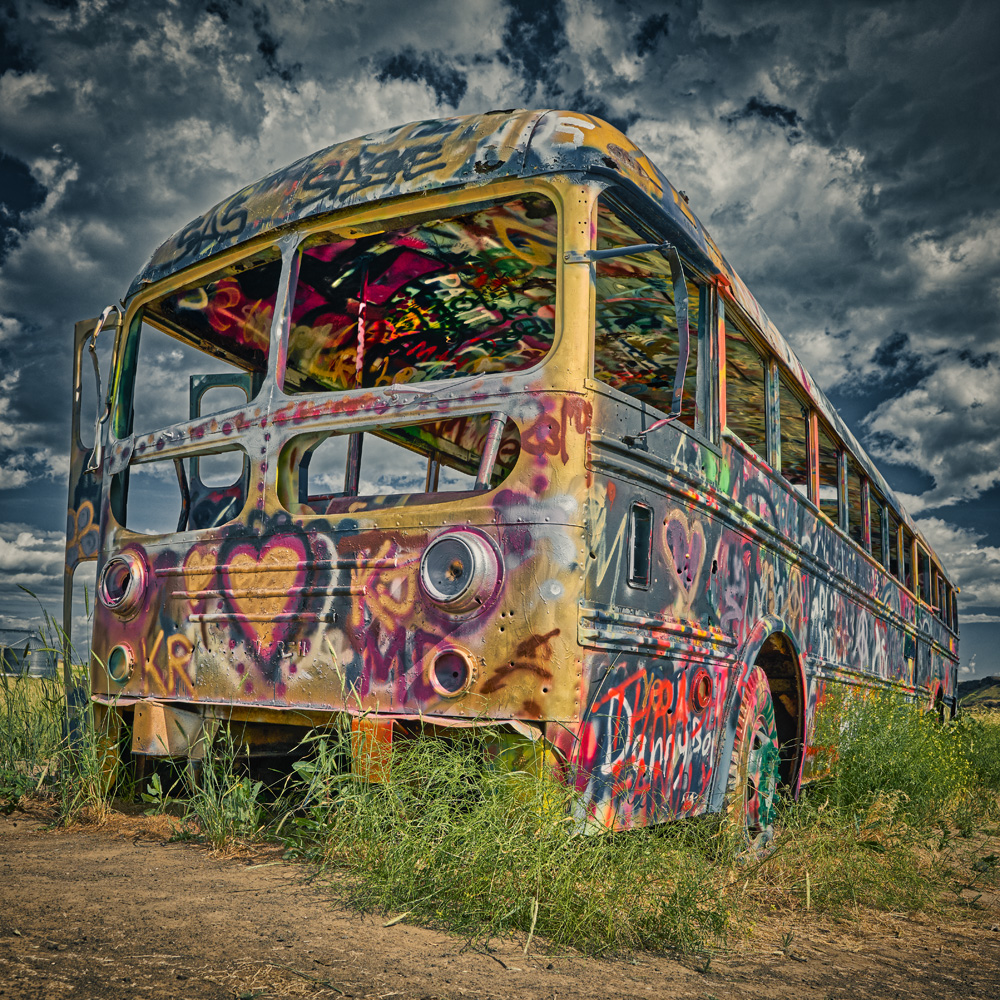
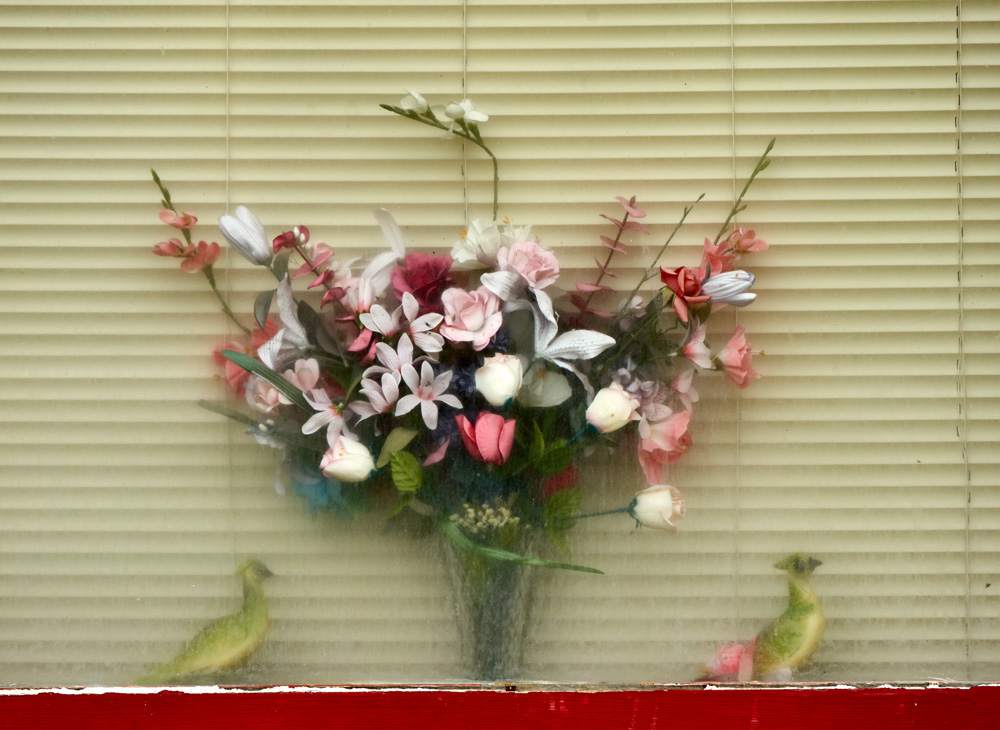
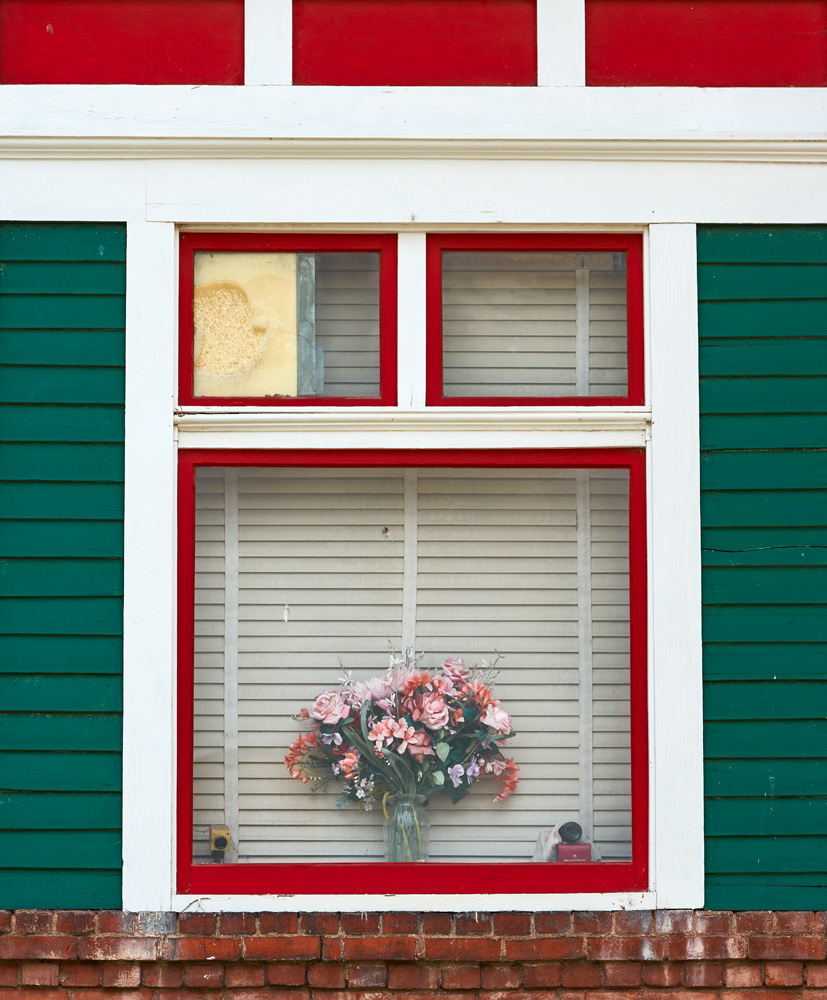
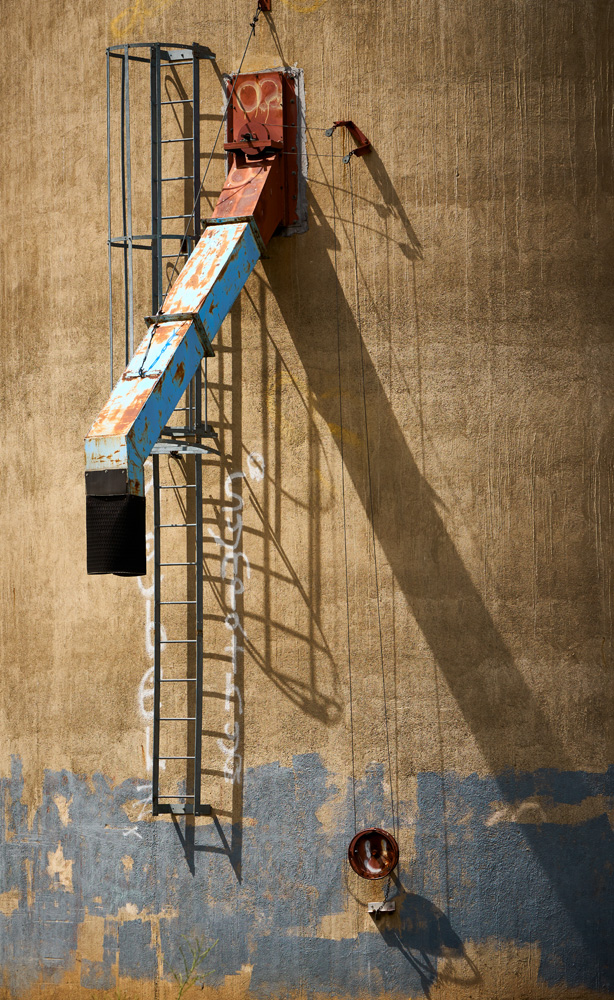
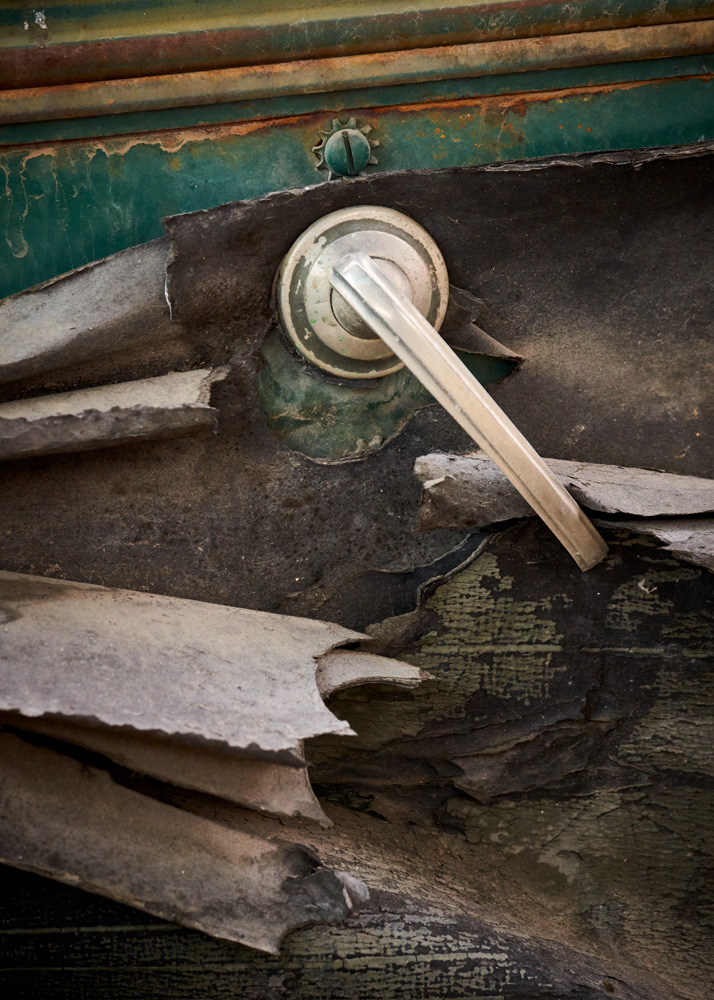
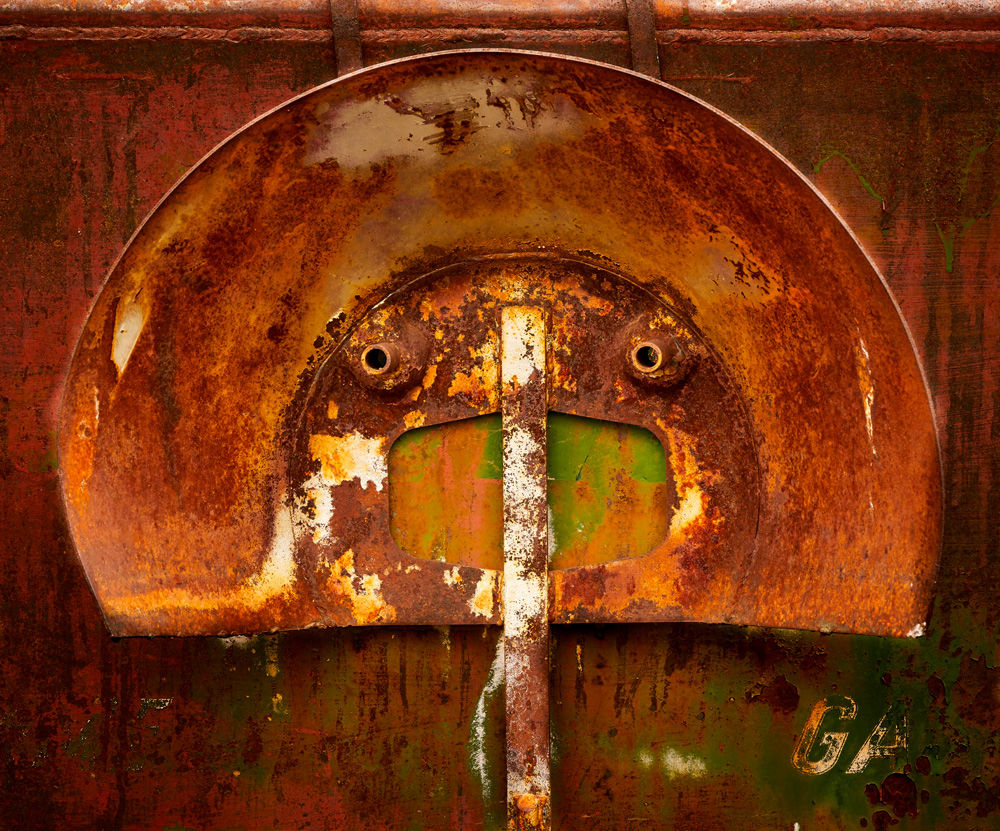
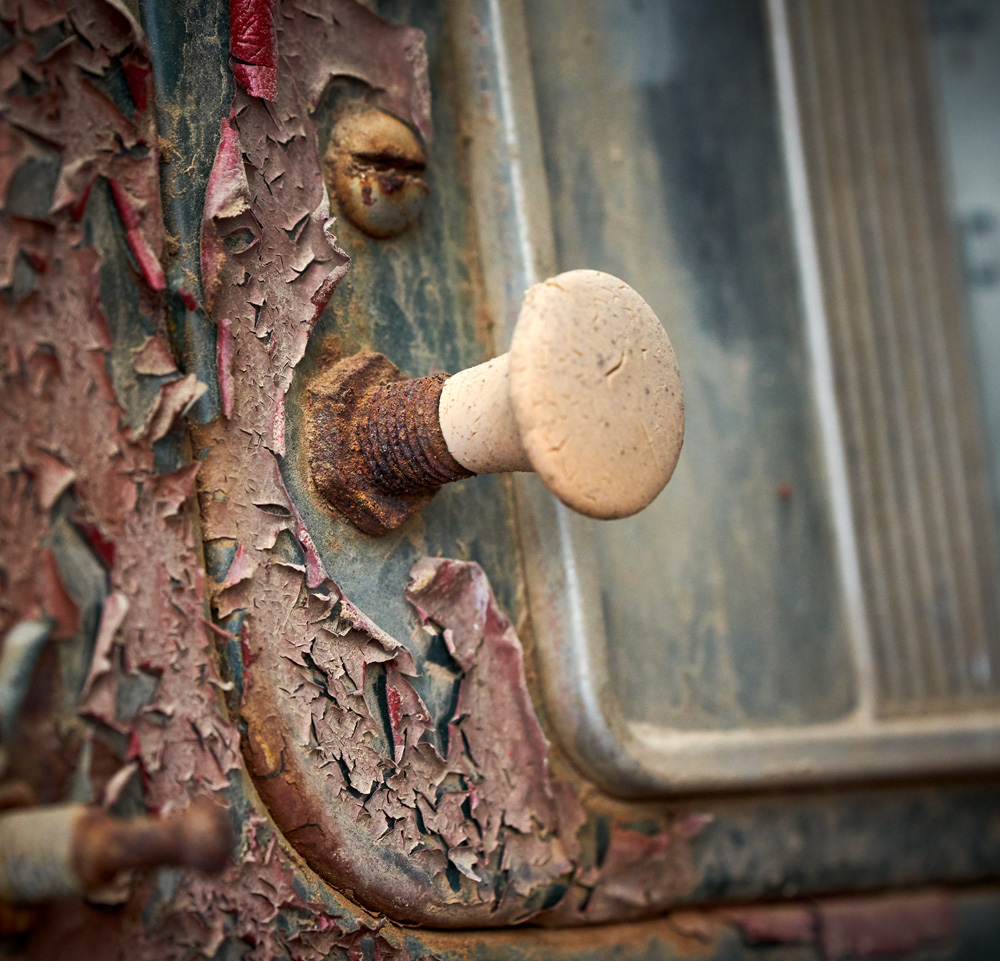
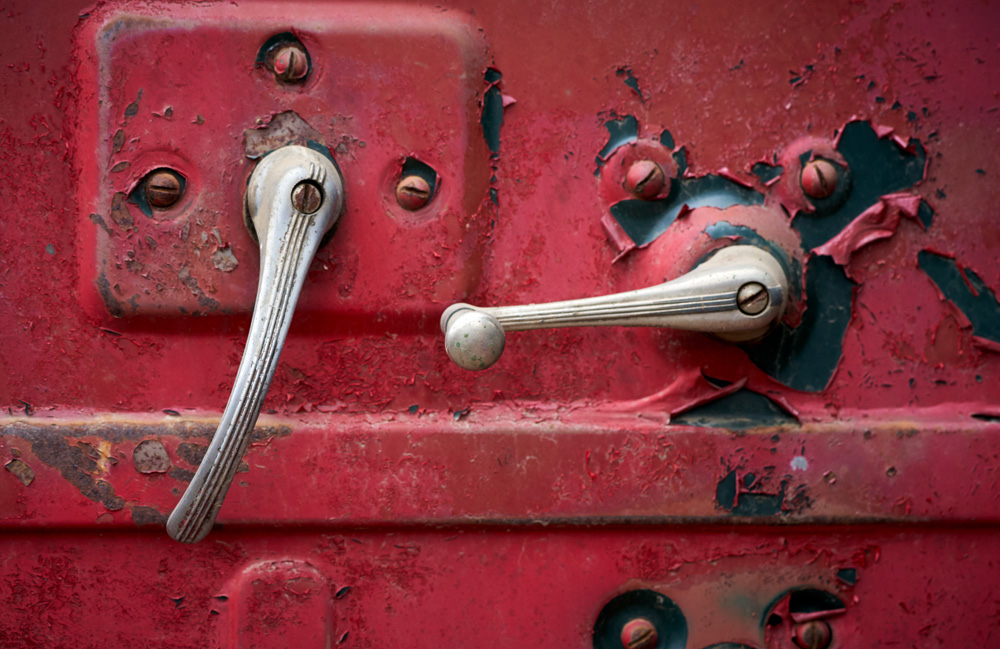
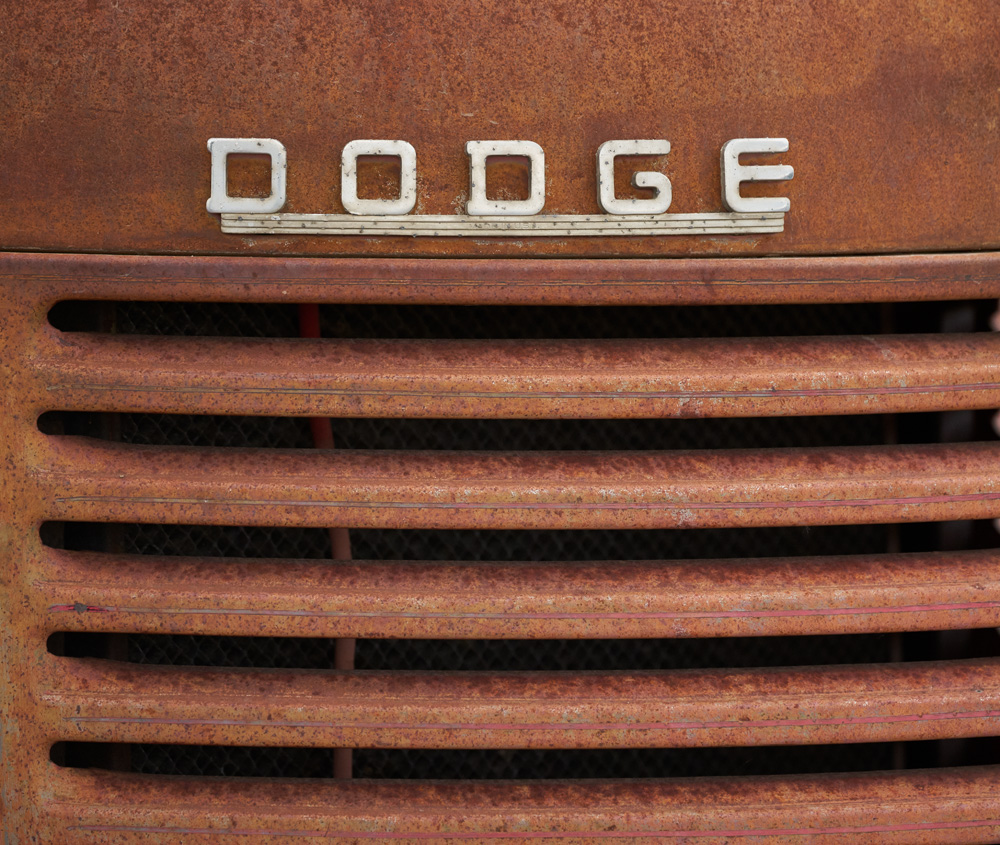
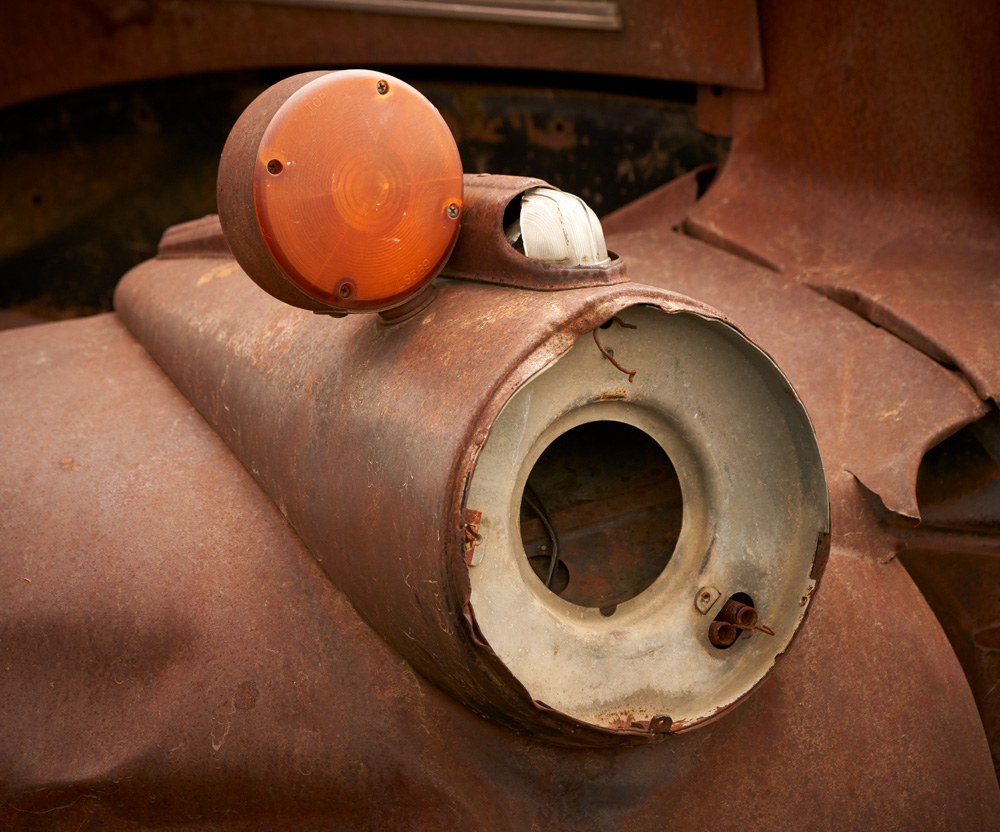
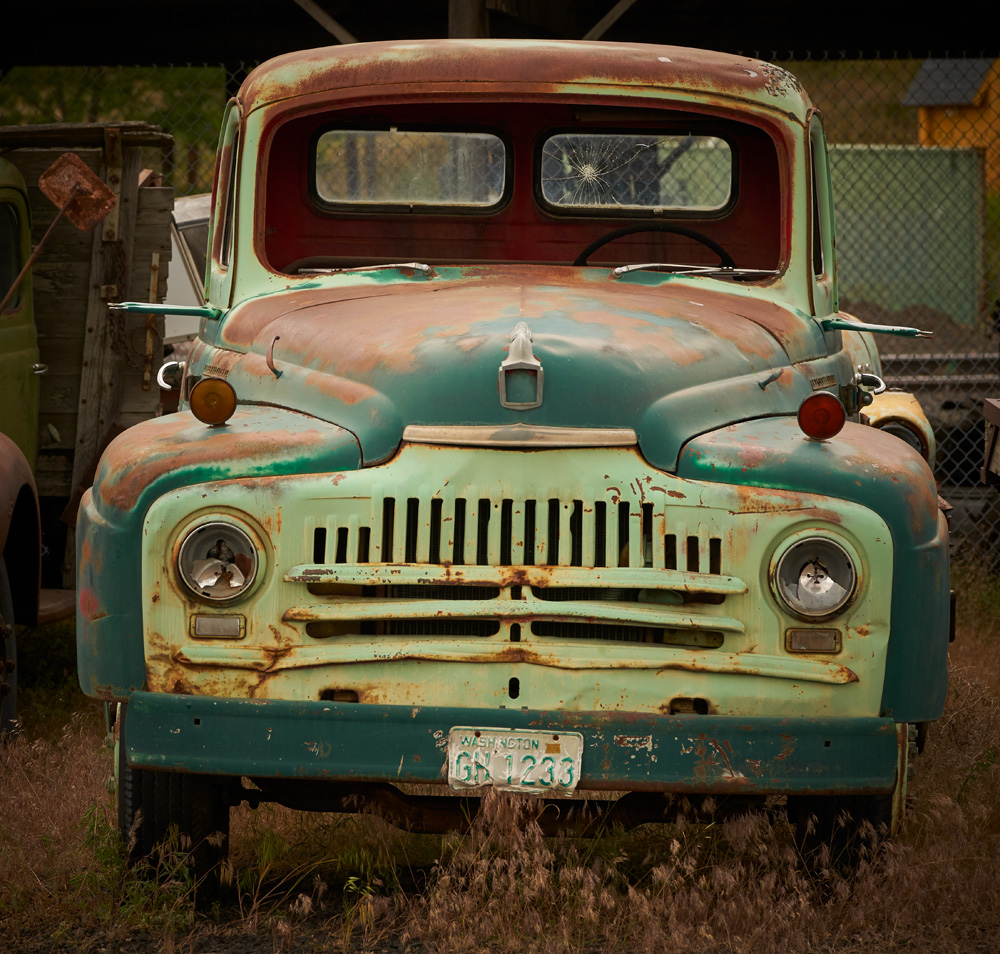
I hop you enjoyed this series of photographs from the June Workshop. I’ll do another of these articles highlighting the Harvest workshop which I am doing this week. Look for a few updates with highlights this week.
Kevin Raber
August 2019
Indianapolis, IN
Photography is my passion and has been for 50 plus years. My career in photography has allowed me to travel the world, meet some of the most interesting people on the planet and see things I could never have dreamed of. My goal is to share the passion of picture taking through photographs and teaching with as many people as I can, hoping it brings them as much joy and happiness as it has me. I do this through photoPXL.com, this site, as well as Rockhopper Workshops, and other projects, as well as teaching as Artist In Residence at the Indianapolis Art Center.






